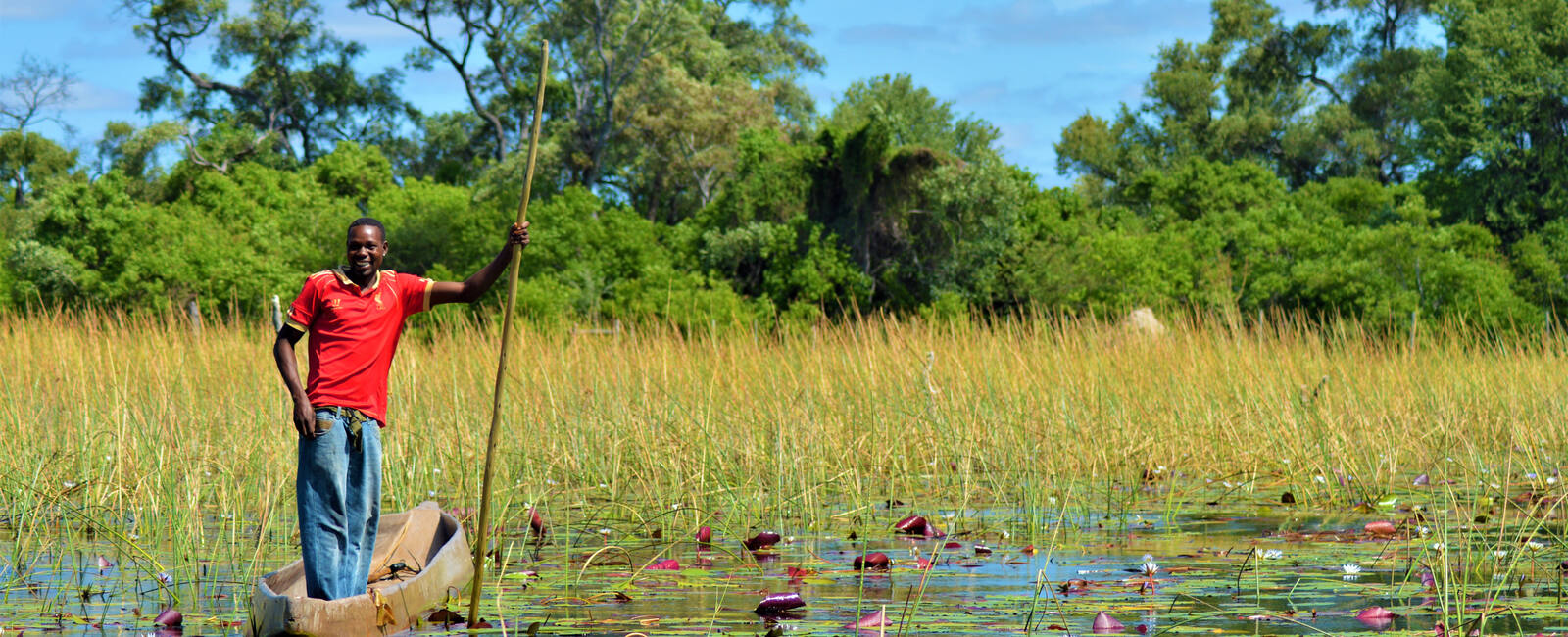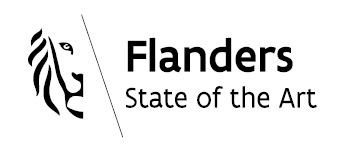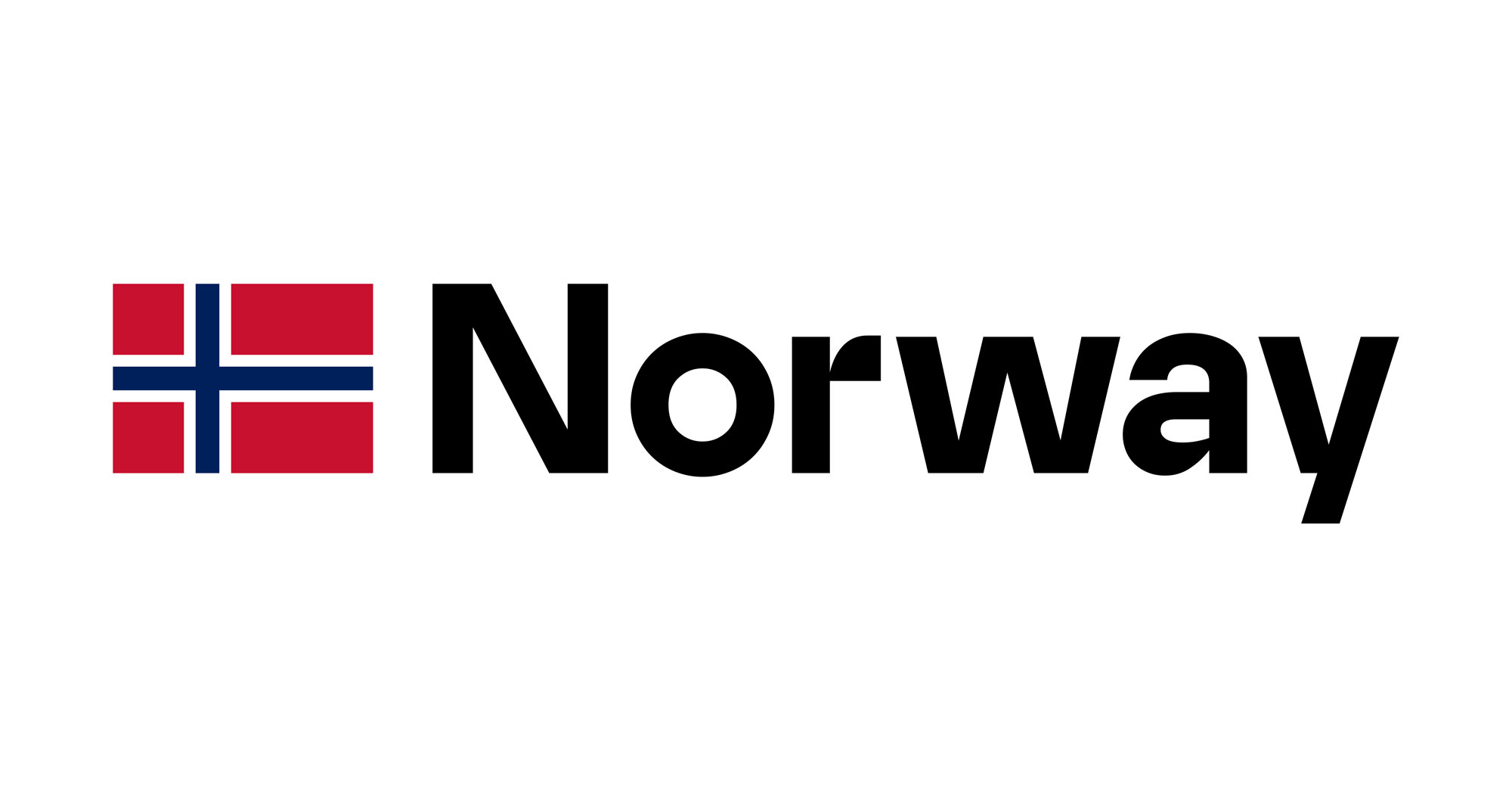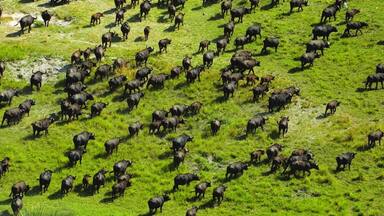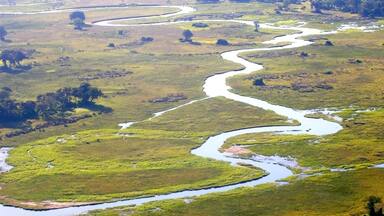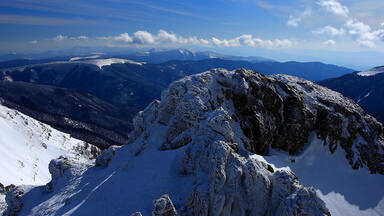Engaging local communities in the conservation of the Okavango Delta World Heritage site
Local communities and indigenous peoples are, and have been for centuries, the custodians of many World Heritage sites.
Launched in the year 2000, the Community Management for Protected Areas Conservation (COMPACT) initiative was established as a partnership between the World Heritage Centre, UNDP-implemented GEF Small Grants Programme (SGP) and the United Nations Foundation (UNF) to demonstrate how community-based initiatives can significantly increase the effectiveness of biodiversity conservation in globally significant protected areas.
Among nature’s most iconic treasures, the Okavango Delta was designated as the 1000th site on UNESCO’s World Heritage Lite in 2014. The Delta is one of the planet’s very few major interior delta systems that do not flow into a sea or ocean, with a wetland system that is almost intact. One of the unique characteristics of the site is its extraordinary annual flooding, which occurs in the dry season, and supports one of the greatest concentrations of wildlife in Africa.
The Delta has been inhabited for centuries by small numbers of indigenous people, living a hunter-gatherer existence with different groups adapting their cultural identity and lifestyle to the exploitation of particular resources (e.g. fishing or hunting). This form of low-level subsistence use has had no significant impact on the ecological integrity of the area, and today mixed settlements of indigenous peoples and later immigrants to the area are located around the fringes of the delta, mostly outside the boundaries of the property.
These local communities are important custodians of the site and continued special attention is needed to improve the efficiency of the management of the property by contributing to the empowerment of communities, ensuring continued access to and benefits from their culture including local and traditional knowledge, and ensuring their involvement in management and development activities.
![]()
Objective
Improve the efficiency of the management of the Okavango Delta World Heritage Site by contributing to the empowerment of communities and ensuring their involvement in management and development activities.
![]()
COMPACT initiative
COMPACT is an innovative model for engaging communities in conservation and shared governance of World Heritage sites and other protected areas.
![]()
Results
Preparation of the Okavango Delta COMPACT Site Strategy for the implementation of small grants to support clusters of community-based activities
Objective
In line with Decisions 40 COM 7B.78 (Doha, 2014) and 42 COM 7B.89 (Manama, 2018) adopted by the World Heritage Committee, the main objectives of this project is to improve the efficiency of the management of the property by contributing to the empowerment of communities and ensuring their involvement in management and development activities.
The COMPACT initiative is set to address these issues by supporting community-led initiatives and establishing a programme for demand-driven small grants for community-based organisations, complemented by capacity building, exchange and networking activities. The project focuses on the communities living in the fringes of the Okavango Delta’s Panhandle area.
Map of the Okavango Delta showing the Panhandle area and villages
COMPACT initiative
COMPACT is an innovative model for engaging communities in conservation and shared governance of World Heritage sites and other protected areas.
The Community Management of Protected Areas Conservation (COMPACT) initiative is an innovative model for engaging communities in conservation and shared governance of World Heritage sites and other protected areas and is based on the proposition that community-based initiatives can significantly increase the effectiveness of biodiversity conservation in World Heritage sites while helping to improve the livelihoods of local people’. With an emphasis on complementing and adding value to existing conservation programmes, COMPACT uses small grants (up to a maximum of US$50,000) to support clusters of community-based activities that are intended to strengthen biodiversity conservation in and around protected areas. Today, COMPACT is working with an increasing number of World Heritage sites around the world, notably in Africa, with over one million beneficiaries and more than 400 small grants awarded to community-based activities in the World Heritage land- and seascapes.
In 2014, UNESCO published the World Heritage Paper 40 which provides guidelines for the implementation of the COMPACT methodology and serves as a baseline for the development of a site strategy that ensures the engagement of local communities.
Results
Following a series of stakeholder consultation meetings, reaching an estimated 270 participants mainly from Civil Society Organizations, four major threats that the Panhandle is facing were identified: veld fires, unsustainable harvesting of natural resources (both terrestrial and aquatic resources such as fish), habitat loss and destruction and water pollution. These major threats enabled to conceptualize the vision and objectives of the COMPACT Site Strategy, as well as the modalities for small grants to support clusters of community-based activities.
COMPACT small grants approved in 2021 for implementation in 2021-2023:
| Grantee | Project | Amount (USD) |
| Okavango Community Trust | Development of a herbarium lab at Eretsha Village to help safeguard plant species of the Okavango Eastern Panhandle | 45, 000 |
| Matute a Mungongo Producer Co-operative Society Limited | Community mobilization for landscape conservation through revival and promotion of the Ngongo Culture of the Peoples of the Okavango, by investing in the extraction of Ngongo Oil and reviving the culture around it | 50, 000 |
| Teemashane Community Development Trust | Fish farming project using earth ponds as an alternative way of conserving fish biodiversity in the Okavango Delta by reducing fishing pressure on natural stocks | 45, 000 |
| Okavango Jakotsha Community Trust |
Restoration of blocked channel in the edge of the Western Panhandle of the Okavango Delta to conserve and promote sustainable use of natural assets and cultural heritage of the landscape and to improve socio-economic opportunities for the Jakotsha communities |
24, 000 |
Documents
COMPACT site strategy Okavango Delta
COMPACT Scoping, Baseline Assessment and Conceptual Framework Okavango Delta
Partners
UNESCO thanks the Government of Flanders and the Government of Norway for their financial support to the COMPACT programme in Okavango Delta.
The programme is implemented in partnership with UNDP through the GEF Small Grants Programme and the Government of Botswana through the Ministry of Environment, Natural Resources and Tourism, together with local partners.
Decisions / Resolutions (2)
The World Heritage Committee,
- Having examined Document WHC/18/42.COM/7B,
- Recalling Decisions 38 COM 8B.5 and 40 COM 7B.78, adopted at its 38th (Doha, 2014) and 40th (Istanbul/UNESCO, 2016) sessions, respectively,
- Welcomes the cancellation of all petroleum and metals prospecting licenses in the buffer zone and the State Party’s commitment to continue monitoring the activities, but noting the location of the alternative licensing zones close to the buffer zone and the property, requests the State Party to ensure that an Environmental Impact Assessment (EIA), including an assessment of potential impacts on the Outstanding Universal Value (OUV) of the property, is undertaken before any exploration activity is initiated, and submit it to the World Heritage Centre for review by IUCN;
- Appreciates the collaboration between the States Parties of Botswana, Angola and Namibia through the Permanent Okavango River Basin Water Commission (OKACOM) to ensure any proposed major development within the Okavango watershed is subject to an EIA, and that there is a coordinated mechanism to notify each State Party of activities that can have transnational impacts;
- Taking into account the potential impact on the property’s OUV of any development leading to water abstraction within the watershed and the complexity and the extent of the basin, urges the States Parties of Botswana, Angola and Namibia to assess impacts of any development at the strategic level and at the landscape scale through a comprehensive Strategic Environmental Assessment (SEA), in line with IUCN’s World Heritage Advice Note on Environmental Assessment;
- Notes with appreciation the initiation of the review of the Okavango Delta Management Plan in order to reflect the property’s World Heritage status, to improve the effectiveness of the institutional arrangements and to address outstanding conservation and management issues, and reiterates its request to the State Party to continue its efforts to:
- Expand and strengthen programmes, which accommodate traditional resource use for livelihoods, user access rights, cultural rights and access to opportunities to participate in the tourism sector, in keeping with the property’s OUV,
- Address a range of other protection and management issues including governance, stakeholder empowerment, management planning, management capacity, and control of invasive alien species;
- Notes with concern that an EIA for the veterinary cordon fences and aerial wildlife surveys could not be undertaken due to financial constraints, and also requests the State Party to provide further financial support to the conservation of the property;
- Further noting that the construction of a cable-stayed bridge across the panhandle area of the property and hardening of the associated approach road has begun at Mohembo based on a 2009 EIA, considers that the measures identified in the EIA are insufficient as they do not take into account the property’s World Heritage status, and further requests the State Party to revise the EIA, in line with the IUCN Advice Note, prior to continuing the work, in order to include an assessment of the potential impacts of the construction and use of the bridge and the road on the property’s OUV, and submit it to the World Heritage Centre for review by IUCN;
- Requests furthermore the State Party to submit to the World Heritage Centre, by 1 December 2019, an updated report on the state of conservation of the property and the implementation of the above, for examination by the World Heritage Committee at its 44th session in 2020.
The World Heritage Committee,
- Having examined Document WHC/16/40.COM/7B,
- Recalling Decision 38 COM 8B.5, adopted at its 38th session (Doha, 2014),
- Commends the progress made by the State Party in terminating mineral prospecting licenses in the property, and requests the State Party to conclude negotiations with remaining licensees to terminate all prospecting activities within the property’s buffer zone, and to continue monitoring and managing prospecting licenses and mining operations outside the buffer zone so as to avoid any adverse impacts on the property;
- Reiterates its position that mineral exploration or exploitation is incompatible with World Heritage status, which is supported by the International Council of Mining and Metals’ (ICMM) Position Statement of not undertaking such activities within World Heritage properties;
- Welcoming the progress made in developing wildlife monitoring protocols, also requests the State Party to integrate these protocols in the systematic wildlife monitoring programme, which should include replicable aerial surveys across the entire property to establish population baselines for key species and to track long-term trends;
- Notes the measures taken to address management effectiveness, governance as well as access, rights and benefits, and reiterates its requests to the State Party to:
- Continue efforts to rationalize veterinary cordon fencing, including through the Environmental Impact Assessment (EIA),
- Expand and strengthen programmes, which accommodate traditional resource use for livelihoods, user access rights, cultural rights and access to opportunities to participate in the tourism sector, in keeping with the property’s Outstanding Universal Value (OUV),
- Continue efforts to address a range of other protection and management issues including governance, stakeholder empowerment, management planning, management capacity and control of alien invasive species;
- Further requests the State Party to submit the revised management plan for review by the World Heritage Centre and IUCN, prior to its approval, and calls on the international community to provide technical and financial support in its development and implementation;
- Notes with concern the potential impacts of water resource management in Angola and Namibia on the property, and requests furthermore the States Parties of Botswana, Angola and Namibia to liaise closely to ensure that any proposed major developments within the Okavango watershed which may adversely impact the OUV of the property are subject to EIAs in conformity with IUCN’s World Heritage Advice Note on Environmental Assessment; these EIAs should be submitted to the World Heritage Centre and IUCN for review prior to taking any decisions that would be difficult to reverse;
- Requests moreover the State Party to submit to the World Heritage Centre, by 1 December 2017, an updated report on the state of conservation of the property and the implementation of the above, for examination by the World Heritage Committee at its 42nd session in 2018.
